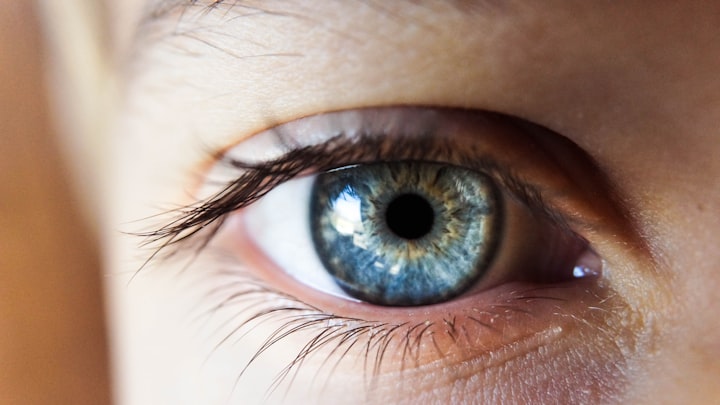Autism Eye Contact
Autism and the Absence of Eye Contact.

Autism is often associated with a lack of eye contact, which is a common trait. In neurotypical society, eye contact is seen as a non-verbal way of communicating social interest, attention, and engagement. The term "neurotypical" refers to individuals who exhibit typical behavior, thinking, and information processing within their cultural or regional group.
Diagnosing Autism Through Eye Contact.
Medical providers use a variety of criteria to diagnose autism, one of which is the absence of eye contact. Since there are no physical tests for autism, a diagnosis is based on an evaluation of behaviors and traits. The Diagnostic and Statistical Manual of Mental Disorders (DSM-5) identifies several nonverbal behaviors that may indicate autism, including differences in eye-to-eye gaze, facial expression, body posture, and gestures used to regulate social interaction. In addition to these behaviors, the DSM-5 also notes persistent differences in social communication and interactions across multiple contexts as a defining characteristic of autism. Other criteria used for diagnosing autism include a lack of social-emotional reciprocity, nonverbal communication, and an inability to develop or maintain relationships. It is important to recognize that autistic individuals are not flawed, but simply different from neurotypical individuals, and to reframe ableist language accordingly.
Autism and Eye Contact
Yale University researchers have discovered that autistic individuals and non-autistic individuals have different brain reactions to eye contact. Brain scans were used to compare the reactions of both groups, and it was found that eye contact prompted activity in different regions of the brain for each group. Another study using an EEG found that neurotypical children had a stronger response to direct gaze, while autistic children had a stronger response to a downcast gaze. These findings suggest that autistic children may not experience the same social motivation to make eye contact as non-autistic children, find it difficult to focus on spoken language and eye contact simultaneously, may not understand the significance of eye contact, and may find it overwhelming.
Eye Contact Causes Pain for Autistic Adults.
Further research indicates that individuals with autism often experience physical discomfort when engaging in eye contact. Negative physical symptoms associated with eye contact in autistic individuals include dizziness, headaches, increased heart rate, nausea, pain, and tremors. The study also revealed that many autistic individuals find eye contact to be invasive, distracting, and confusing. Some even believe that eye contact should only be reserved for intimate relationships and trusted individuals.
Moreover, the study authors observed that autistic adults often struggle with processing verbal information when making eye contact. Therefore, a lack of eye contact does not necessarily mean that an autistic person is not paying attention. In fact, forcing an autistic person to maintain eye contact can actually detract from their focus.
Although most adults in the study acknowledged the importance of eye contact in society, they expressed confusion over how much eye contact is appropriate. As a result, many resort to strategies such as looking just above the person's eyes to simulate eye contact.
Summary
It's important to note that avoiding eye contact doesn't automatically mean someone is autistic, although it is a common trait among many autistic individuals. Autistic people may not fully grasp the significance that neurotypical individuals place on eye contact, and some may even feel uneasy when making eye contact. However, it's crucial to understand that an autism diagnosis is not solely based on avoiding eye contact. Autistic individuals also exhibit other distinct traits, such as difficulty establishing and sustaining relationships, as well as variations in their communication style, including limited use of nonverbal cues.






Comments
There are no comments for this story
Be the first to respond and start the conversation.